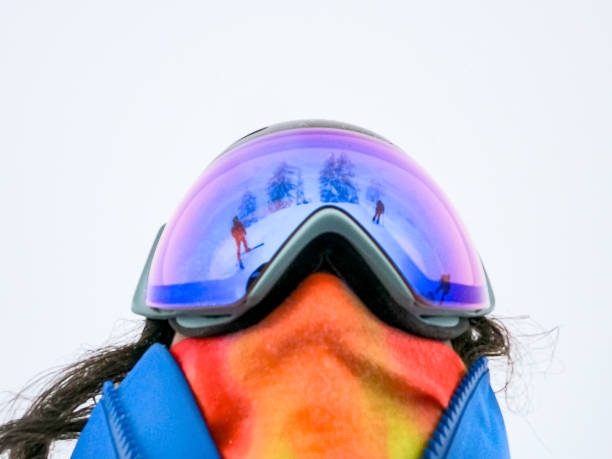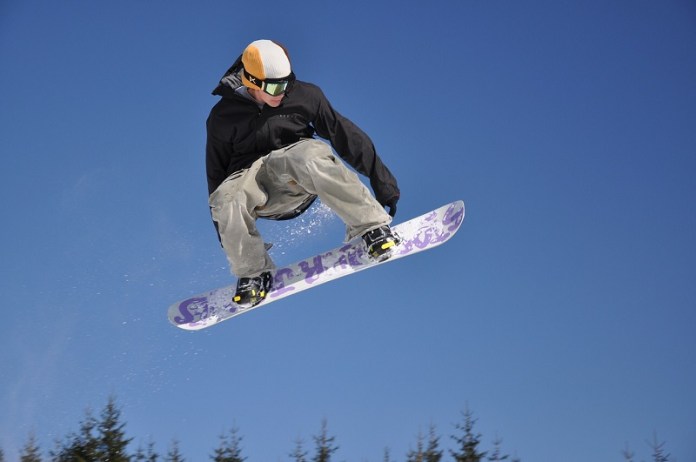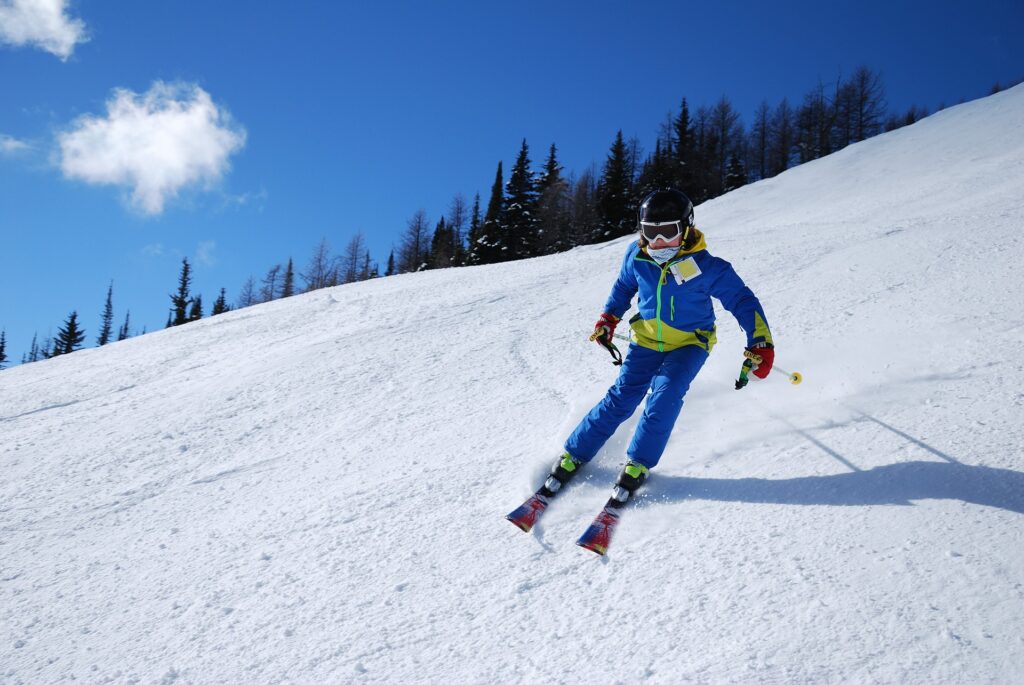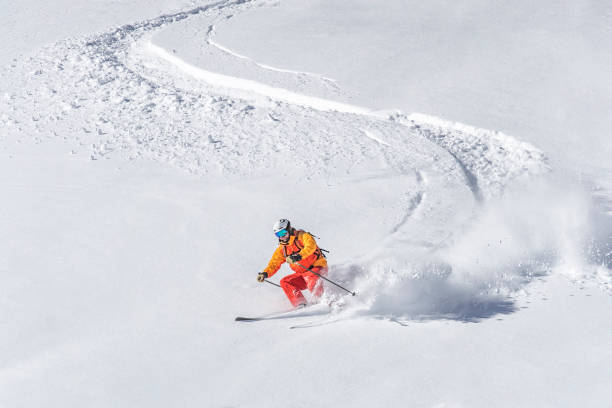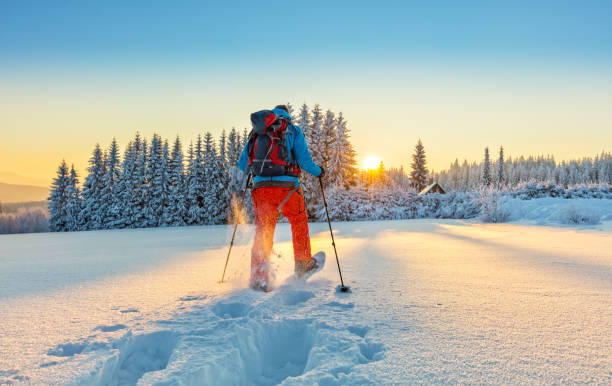If you’re a beginner looking to advance your skiing skills, mastering parallel skiing should be your next move after learning the basics. While at a ski resort, you’ll undeniably observe proficient skiers seamlessly etching “S” patterns in the snow with their skis moving in sync – this is what is known as parallel skiing.
Still a beginner? This may help you: A Beginner’s Guide to Developing Ski Skills

Preparing Yourself for a Parallel Turn
Like any other sport, you have to master the basics before achieving the more technical tricks or movements. The same goes with learning parallel turns.
Skiing Movements to Ace
You should be comfortable skiing in the green area of the slopes with your knowledge and ability to perform snowplough turns before learning to parallel ski. Snowplough or a wedge turn is a basic downhill skiing comprised of braking and turning technique, one of the skiing basics taught to beginners.
You may also read: A Beginner’s Guide on How to Ski in Powder
Check Your Stance
The skiing stance is one of the basics your ski instructor teaches you. If you’re skiing sideways for parallel ski technique, put your knees slightly bent and lean forward while your torso rotation is facing down the slope. Make sure your weight is across the middle of your downhill ski.

Starting to Parallel Ski
If you pass the prerequisite for parallel skiing – the stance and the movements you need to perform, you can start practicing parallel skiing across the slope. These are the steps to help you achieve parallel skiing beautifully.
Envision the Parallel Ski Turns
You have watched skilled skiers gracefully execute the “S” shape turns. So, you will really have an idea of what the technique should look like when achieved. The first step to start doing a parallel turn is to visualize the movements. Ponder how you will execute the “S” shapes that are connected. Don’t worry if you don’t get it during the first few tries. You can do the shape gradually by practicing making the “C” shape parallel turns first.
Practice on an Easy Slope
Yes, it looks more awesome to execute a parallel turn going downhill from a steep slope. But, if you’re a beginner and still not that skilled in skiing on difficult slopes, you can practice at a slope that you’re most comfortable with.

Narrow the Ski Position
In your ski lessons, you have been taught by your ski instructors the ski positioning, which keeps you well-balanced while you have your skis on – the snowplough or the “V” shape. However, to accomplish parallel turns, you have to narrow your wedge and keep your skis parallel to each other as much as possible. Here are some ski tips to help you make sure that your skis are parallel at the end of each turn.
- Lift the tail of the inside / uphill ski, then tap it on the snow a few times when you try for a wedge turn
- If you have established the inside/uphill ski, you must lift and tap to execute a turn in the other direction. By doing this, you’re putting a lighter weight onto the uphill ski, allowing you to move it in line with the other ski.
- When you get the hang of tapping and lifting your skis, you can now focus on controlling and steering your inside/uphill ski to match the outside/downhill ski.
Related read: The Best Ski Poles in 2021 – Top Reviews
Learning Parallel Turns
Initiating parallel turns would require technique as well as body motion. There are two important points in practicing parallel turns: initiating the turn and edge change.
Initiating the Turn with Body Movements
You need to perform upward and forward movements to initiate the turn. To do this, push yourself up through your knees and lean forward in one flawless movement to extend your body upward. While making this motion, shift your hips toward your downhill ski, then start leaning downhill toward your turn. With this movement, the ski’s edges loosen, making it lay flat across the slope to prepare for a turn.
Downhill Skis Drop
With the ski tips dropping downwards facing the gradients, you should now turn your weight to move over onto both skis. Your weight should be transitioned to be evenly split across both skis as you reach the point facing downhill. Be confident and commit to the turn as both skis are now flat and facing directly downhill.

The Edge Change
To follow through with the turn, you have to change the angle of the ski edges. To understand the outside ski, remember that it is on the opposite side of your turn. for example, if you’re aiming for a right turn, your outside ski is the left ski and the other way around.
Shifting Your Weight onto the Outside Ski
Concentrate on shifting your weight onto the inside edge of the outside ski. Allow your body to gently lean in the direction of the inside of the turn by using your upright torso to serve as a counter-balance for your legs. You must understand that the more pressure you put on the inside edge, the sharper your turn will become. So, if you’re a beginner, you have to put weight into this ski to avoid mishaps.
Pick the right gear for skiing: Best Ski Boots 2021

Additional Tips and Tricks
Use your Knees
In making the turn, roll your knees gently in the direction of your turn. As a beginner, it could be a lot tricky when learning to parallel ski. Just be sure to focus on keeping the inside ski slightly in front of your outside ski then you’ll do fine.
Be Confident
As a beginner, you will naturally feel nervous trying new skiing techniques. But the more you hesitate, the more likely you will commit a mistake. You have to fully commit to making the parallel turn with the proper body movement, position, and stance.

Conclusion
Parallel skiing could be daunting at first when you’re a beginner, but it’s quite easy compared to other turns, such as a wedged turn. For convenient practicing and learning, pick an area where you can comfortably move and with less risk. Always be mindful of your stance and movement. Making a parallel turn includes bodyweight shifts and leg movements, so be prepared for that.
